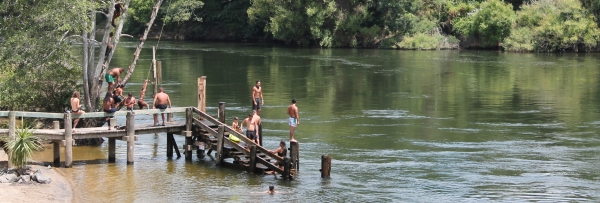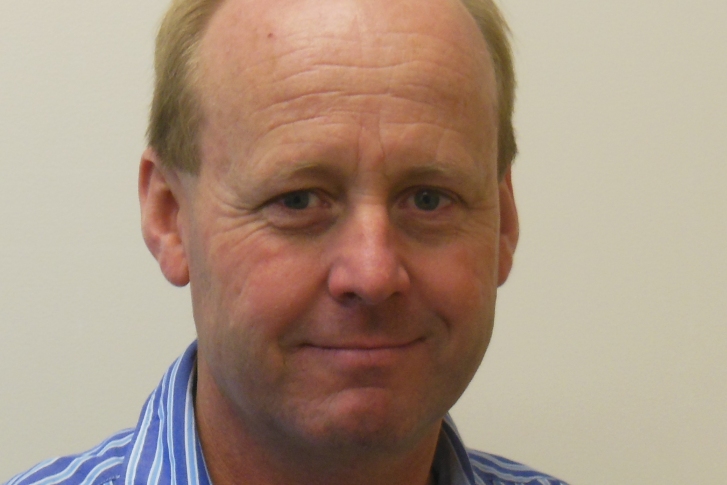Tooku awa koiora me oona pikonga, he kura tangihia o te maataamuri
Vision
Our collective responsibility for restoring and protecting the health and wellbeing of the Waikato and Waipā rivers is enabled through a shared set of co-developed water quantity and quality models.
Benefits of funding the project
Protection of the Awa Models enable us to predict how different uses of the land and water will impact river and stream health. Modelling can be used to help us to make better decisions around how we use our land and water resources so that water quality is improved for generations to come.
Reduced costs A collective modelling approach will reduce costs to individual contributing organisations because costs are shared. Partner organisations will obtain access to a range of models and model predictions.
Use of models The models can be used by partner organisations to help meet organisational needs such as evaluating resource-use, identifying ways to target actions to improve water quality and quantity, and improved planning.
Increased collaboration and confidence By sharing models and associated datasets there will be less duplication of effort, competition between parties will be reduced, and more will be achieved overall. The use of open-source software where appropriate means that a wider range of parties can engage in model development and applications. Open-source software lends greater confidence in the model due to transparency.
Improved data Collation of data required for modelling will have multiple benefits beyond providing inputs to models (for example, facilitating data visualisation and reporting activities external to the modelling process); in return, modelling provides additional justification for targeted data collection and dissemination.
Model components, timing and costs
There were 13 model components initially identified throughout the consultation process with potential partners and stakeholders, which have been prioritised through workshops and documented in reports (scoping report, prioritisation background, prioritisation results and work plan scoping report, prioritisation background, prioritisation results and work plan ).
These highest-priority components along with associated uses, preliminary estimated costs and timeframes are outlined at Waikato Dynamic Models Project - Spread [PDF 429.36 KB]
Overarching project components
Data platform and hosting – Several of the proposed models will use common data, so it would be best to collate and deliver such data in a structured and organised way. Model results could also be stored in a structured way so that they can be retrieved and displayed by multiple parties. A workstream would be responsible for collating and hosting datasets. A budget of $300k is suggested for this task.
Students and building capacity – The proposed set of models will require people to build and apply models. It is envisaged that capacity will need to be extended to provide the necessary skillset in the long term. Considering that advanced skillsets are required, it is desirable to fund university students to conduct research on model development and application. We will also be looking to enhance Iwi capability and capacity in modelling in the process. A budget of 450k is suggested for two PhD students.
Model hosting – Costs will be associated with data licences, software licences for some proprietary models, and software support. A budget of $100k is suggested for this task, but this will be dependent on the number of models and licences required.
Governance hosting and management – Institutional arrangements will be required to address roles such as co-ordinating and managing workstreams, contracting and managing delivery, providing technical system-level leadership, organising training, managing steering groups and technical workshops, and providing communication about the project such as aims, progress and outcomes. A budget of $225k is suggested.
Next steps
To move forward with this project, we are seeking funding to develop the model components in a prioritised way in collaboration with our key partners. If you want to discuss becoming a partner in the Waikato Dynamic Models project, please contact Sandy Elliott.
View our proposal brochure [PDF 1.41 MB].
Proposal partners
- NIWA
- DairyNZ
- The University of Waikato
- Waikato Regional Council
- Waikato River Authority
- Watercare
- Mercury/Waikato Tainui


